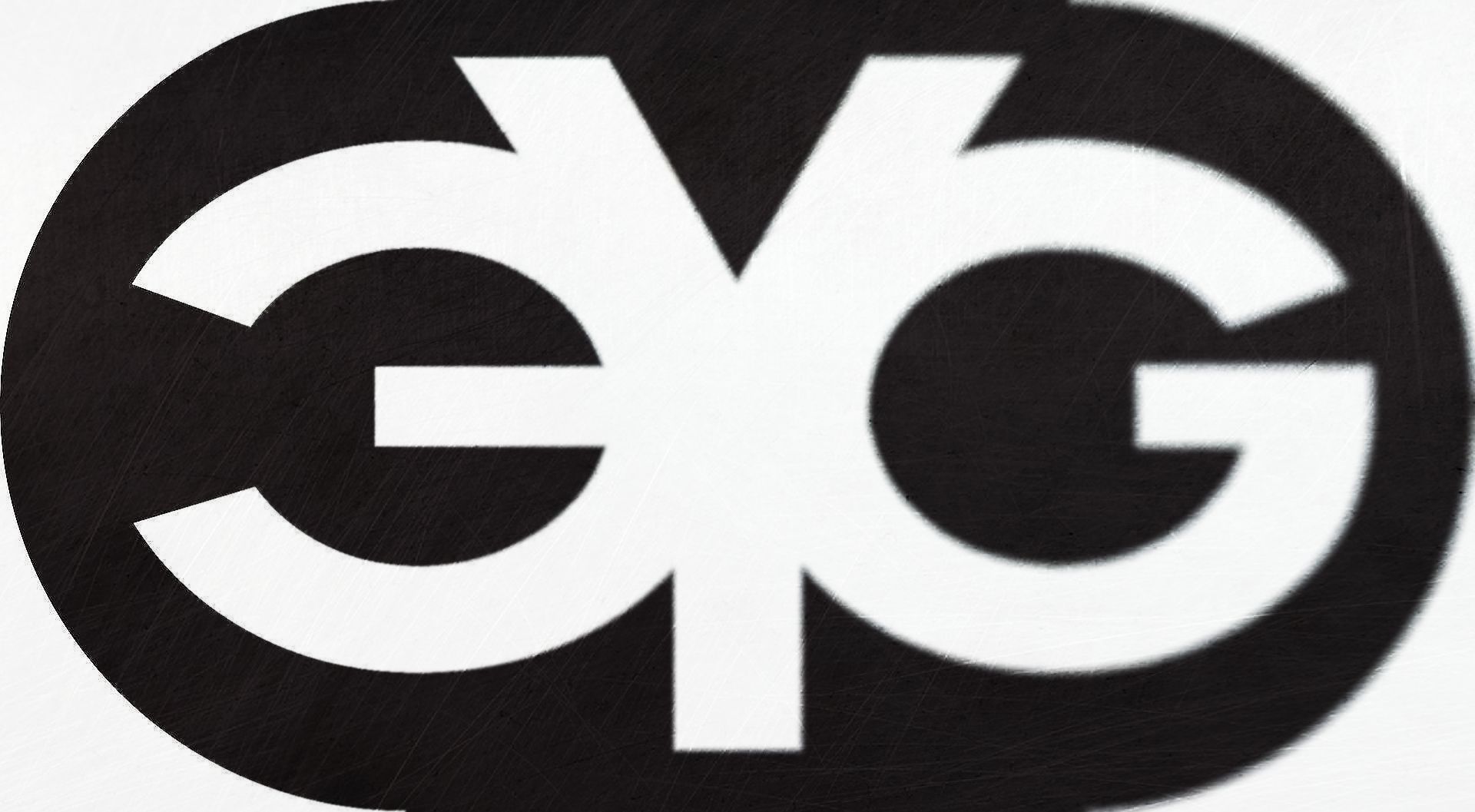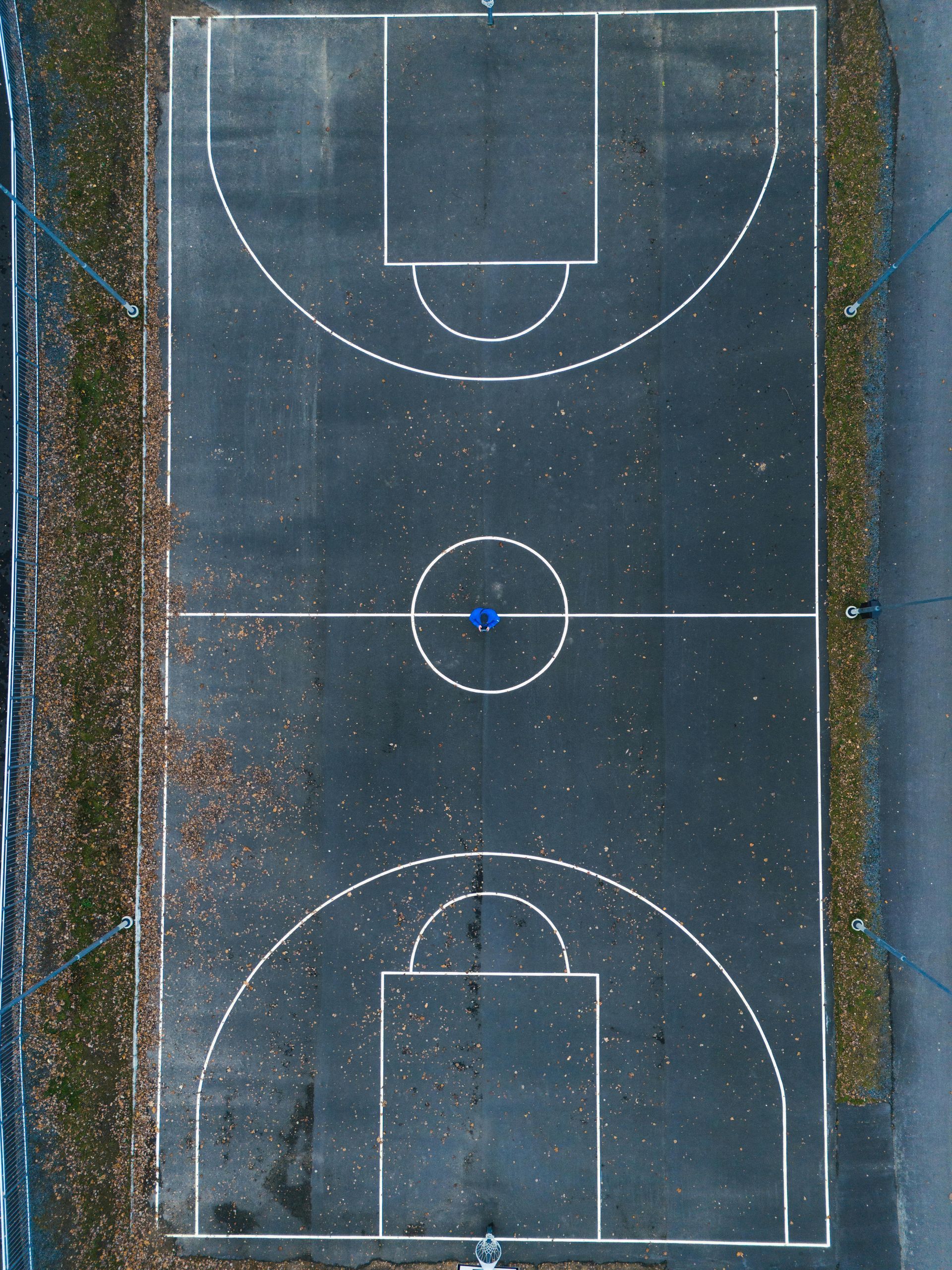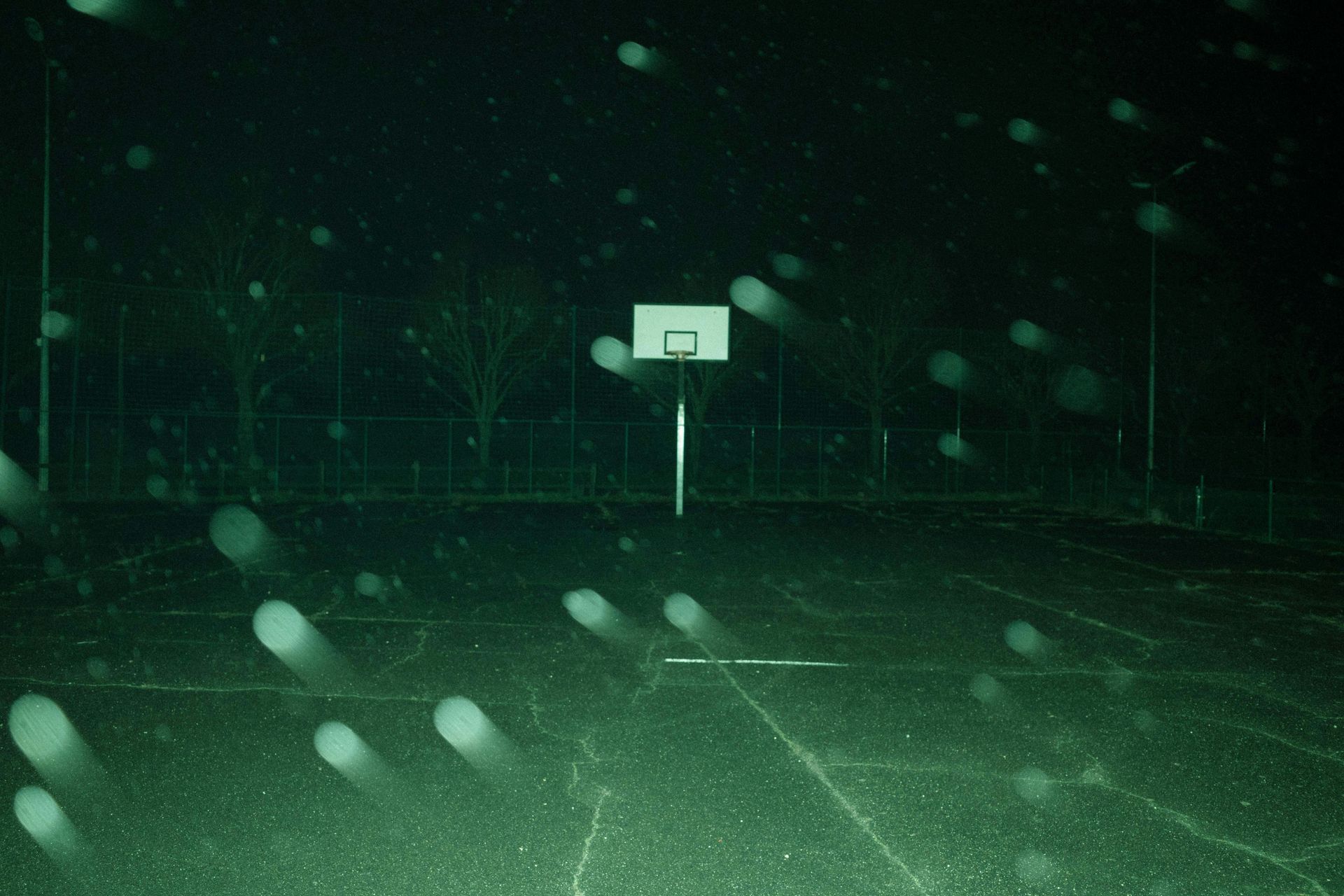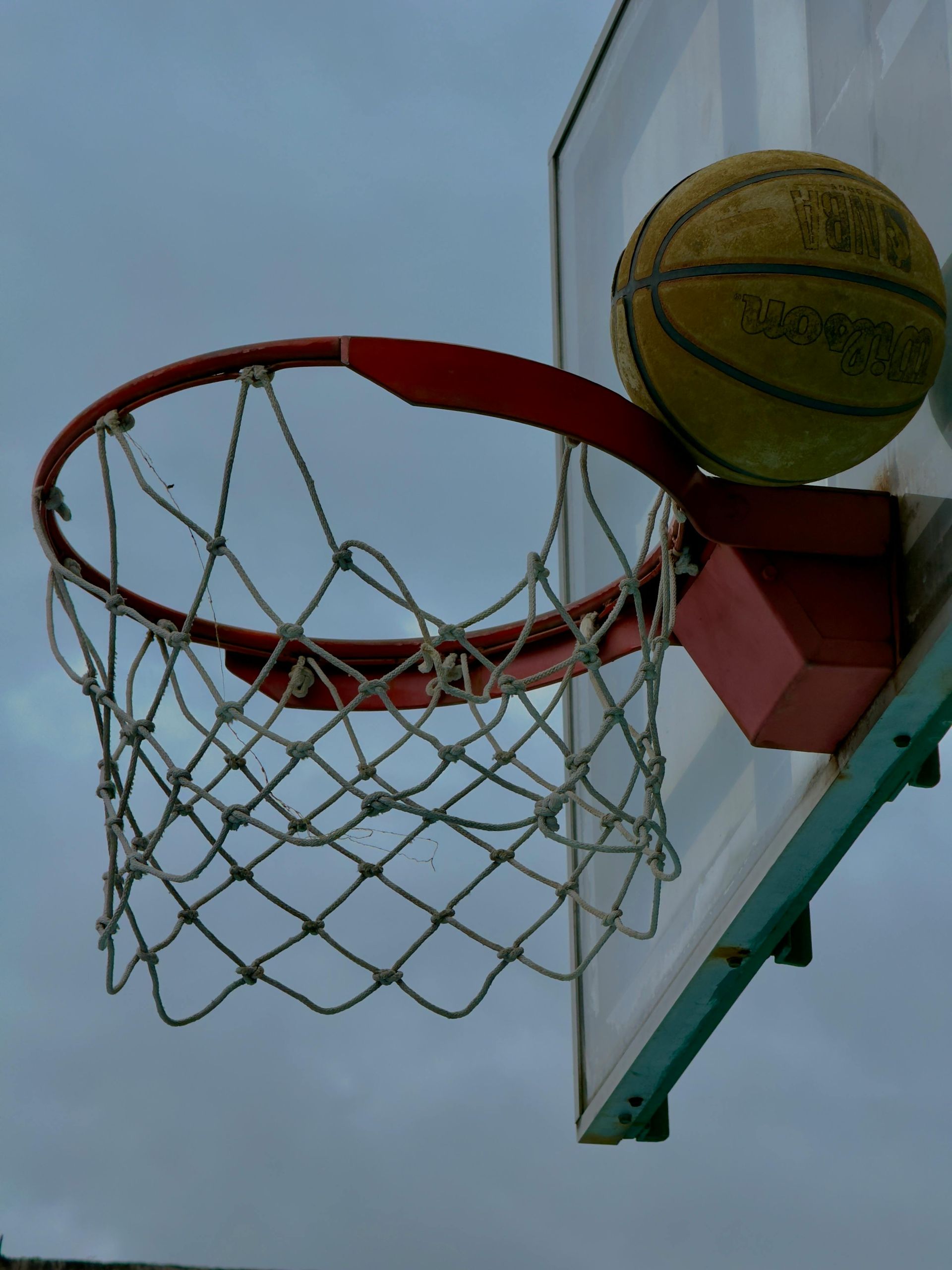Galen Harkness • June 21, 2025
🏀 What Separates Players at Each Level? On-Court Skills That Matter in Youth and High School Basketball
At EYG Basketball, we believe in building the right skills at the right time.
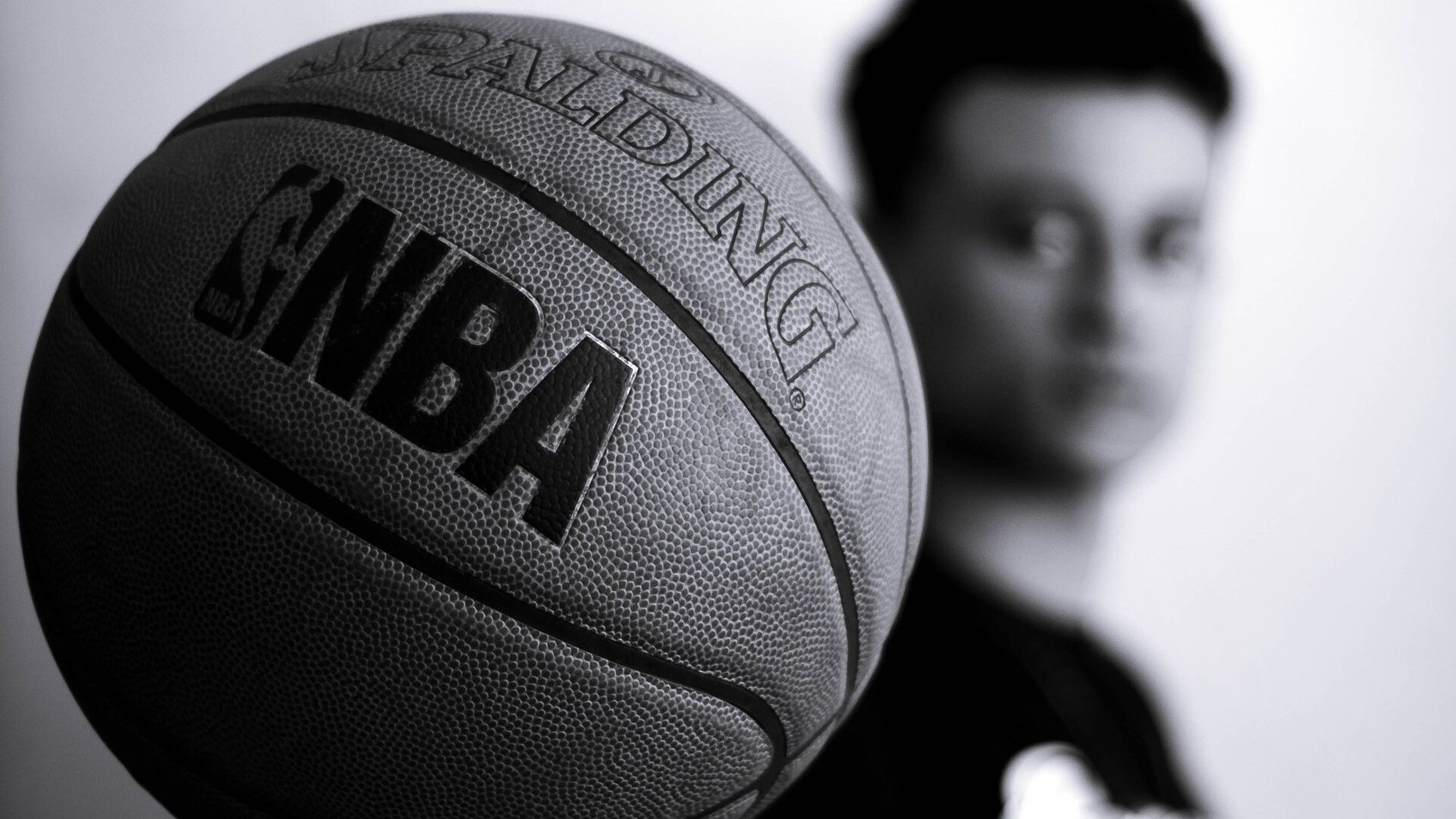
At EYG Basketball, we believe in building the right skills at the right time. Whether you're in elementary school just learning the game or competing at the high school level with college dreams, knowing what separates great players at your stage is key.
Let’s break it down.
Youth Players (Grades 4–8): Build the Foundation
At the youth level, it’s not about who scores the most. It’s about who plays the right way. The players who stand out:
1. Handle the Ball with Control
They don’t just dribble—they change speeds, use both hands, and keep their head up.
2. Make Layups with Either Hand
They finish layups consistently, using angles and footwork to avoid defenders.
3. Pass to Create Plays
They see the open teammate and make the right pass, not just the flashy one.
4. Play Defense with Effort
They stay in a stance, move their feet, and take pride in stopping the ball.
5. Move Without the Ball
They understand spacing, cut when they’re open, and don’t just chase the ball.
6. Stay Coachable
They listen, learn, and show up ready to work every time they step on the court.
Youth players who do these things separate themselves not by size or strength—but by focus, effort, and fundamentals.
High School Players (Grades 9–12): Impact the Game
As competition rises, so do the expectations. The best high school players aren’t just skilled—they’re smart, tough, and consistent.
1. Make Smart Decisions
They know when to attack, when to pass, and how to create for others.
2. Score in Different Ways
They can shoot it, drive it, and finish with contact. They find ways to get buckets—even on off nights.
3. Guard Multiple Positions
They move their feet, communicate, and don’t get beat off the dribble.
4. Play Hard Off the Ball
They rebound, dive for loose balls, and bring energy without needing the ball in their hands.
5. Understand the Game
They know plays, read defenses, and study film to get an edge.
6. Lead with Actions and Attitude
They bring intensity, help teammates, and show up with purpose.
High school players who separate themselves know how to help their team win—even when the ball isn’t in their hands.
Final Thought
We train players to be complete—not flashy. Our goal isn’t to help you be the best player in the gym. It’s to help you be the best version of yourself and to compete at the next level—wherever that is.
Whether you're a young athlete starting out or a high school player preparing for college, EYG will challenge you to build habits that last.
Train smart. Play hard. Keep getting better.
